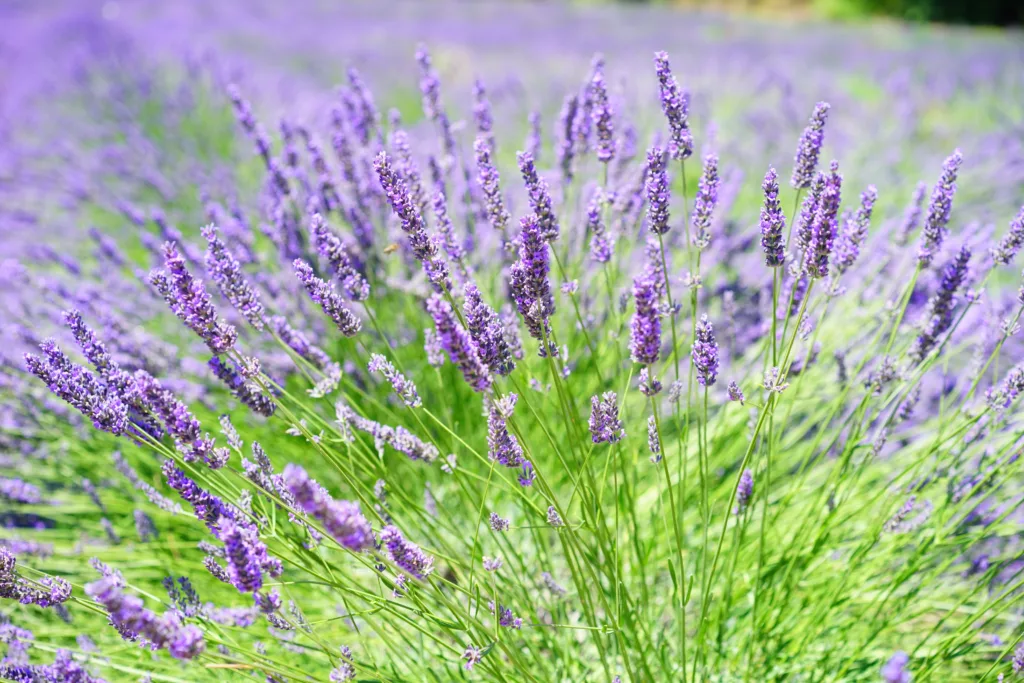
Legend has it that King Buddhadasa of Anuradhapura was well known for his knowledge of medicine,and was considered a physician, surgeon and veterinary science expert. One story about the king states that while he was strolling through the royal courtyard the king witnessed a Naga ( or giant snake) writhing in pain. The king, having diagnosed the malady, opened the Naga’s belly and surgically removed the painful obstruction from its bowels. Having been thus restored to health, the grateful Naga removed the precious Naga Manikkaya (the Cobra Jewel) from its throat and gave it to his healer, and slithered away.
In addition to Ayurveda and well before the advent of Ayurveda, Sri Lanka has its own indigenous traditional medicine system that has been practiced for many centuries, known as “Hela Wedakama”. Geographical proximity and trade brought Ayurveda to Lanka some centuries before the birth of Christ. Yet, since time immemorial, and even before the advent of Ayurveda, deities have been invoked by indigenous medicine men to absolve man of physical and mental maladies. Furthermore, geographical location has blessed the island with an abundance of flora containing valuable medicinal properties. In addition to these, Unani made its way to Lanka’s shores with Muslim traders. just as allopathy and homoeopathy came with western civilization. Immaterial to the nature of disease, the right to be healed was the fundamental right of every man. And the ailing were at liberty to use that system, or systems that guaranteed the relief.


